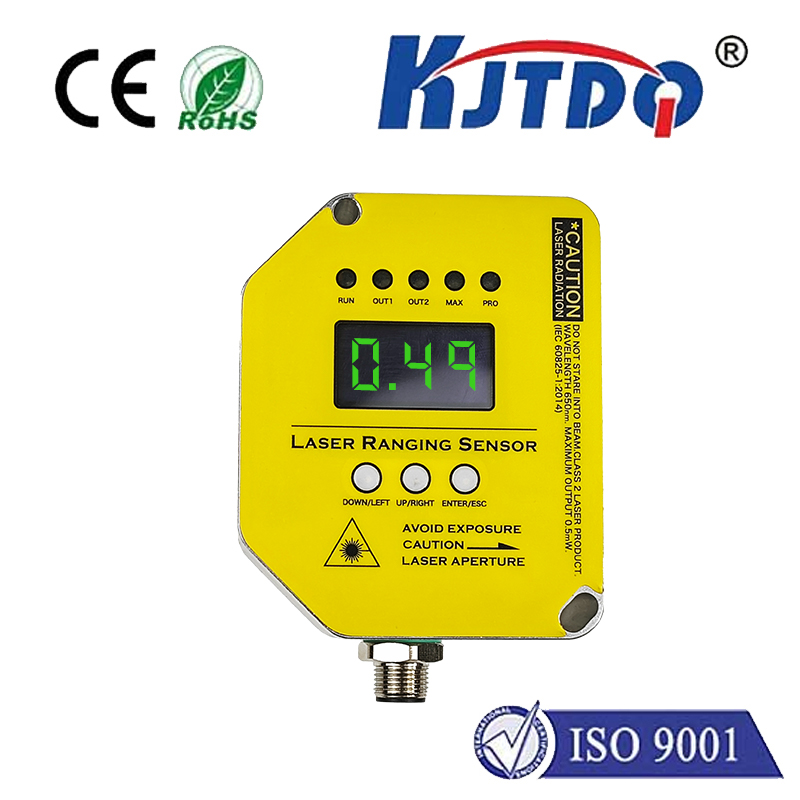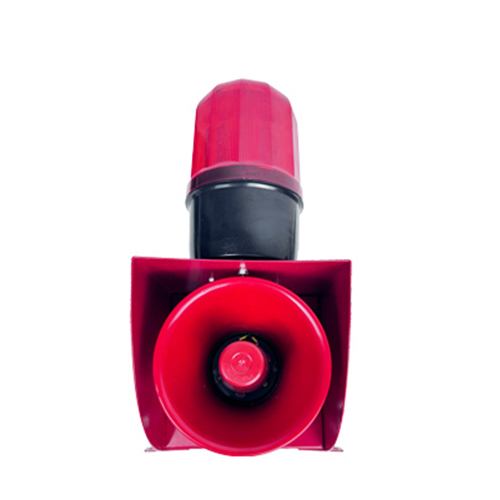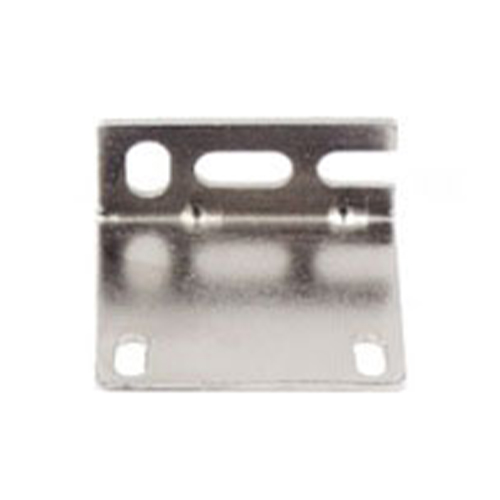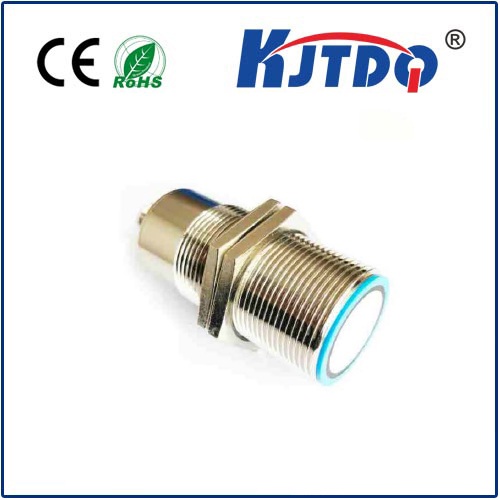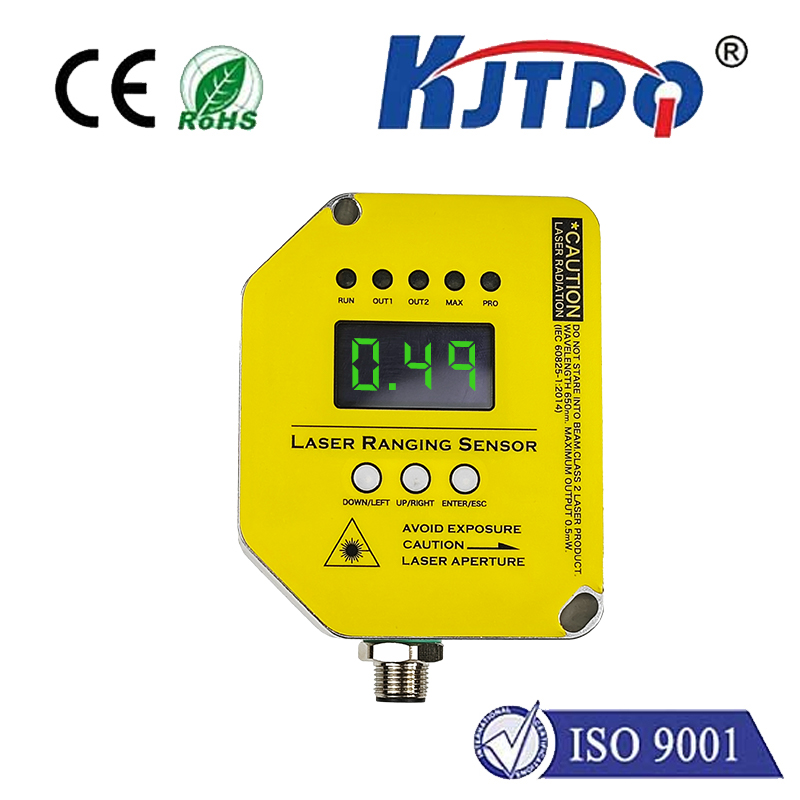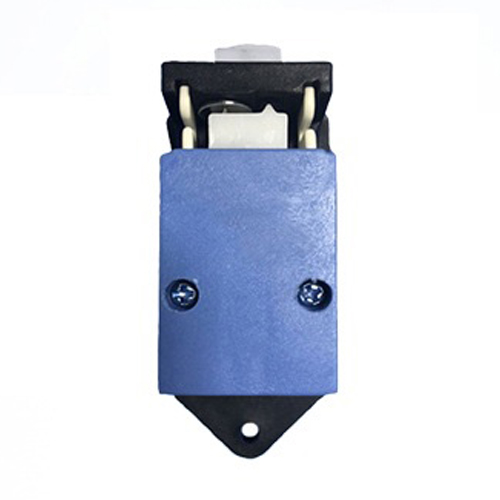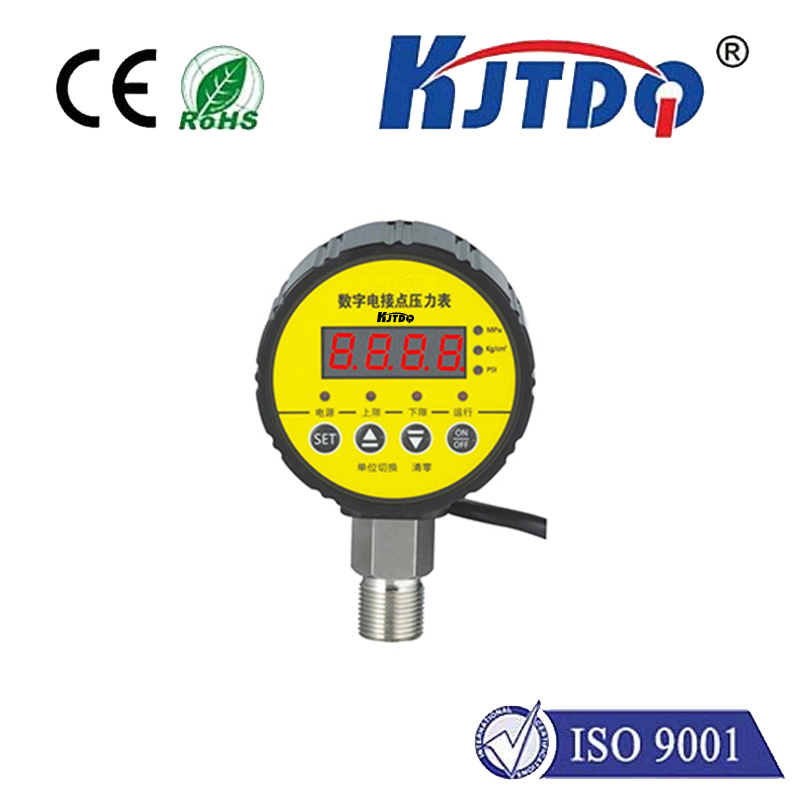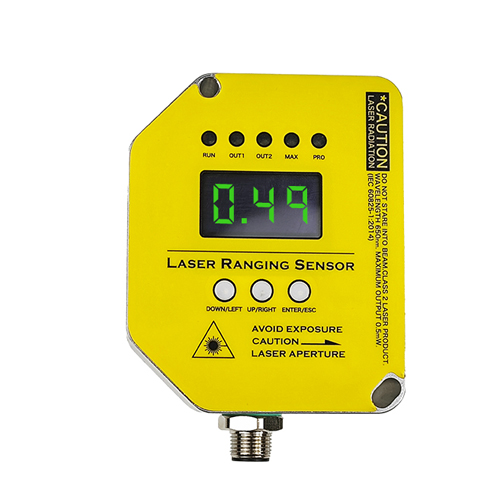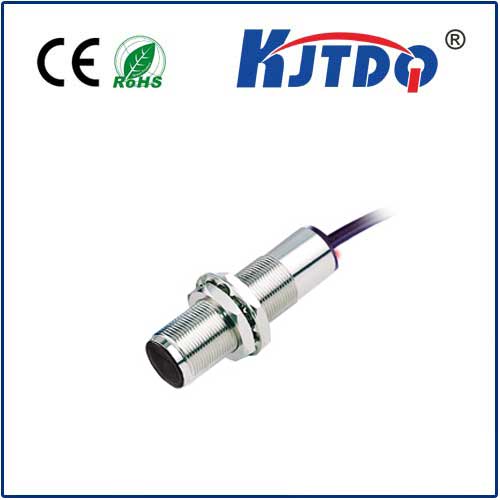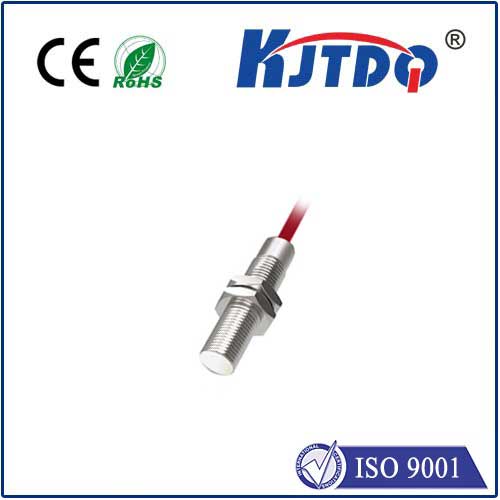Датчик приближения жидкости
- time:2025-09-05 13:57:50
- Нажмите:0
Liquid Proximity Sensors: The Silent Guardians of Precise Liquid Detection
Imagine a critical industrial process where an unexpected overflow could mean costly downtime, product waste, or even a safety hazard. Or a delicate medical device where precise, non-contact measurement of fluid levels is paramount. In these scenarios and countless others, liquid proximity sensors emerge as indispensable, reliable sentinels. These innovative devices detect the presence or absence of liquids without physical contact, offering solutions where traditional methods fall short.
What Exactly is a Liquid Proximity Sensor?
At its core, a Датчик приближения жидкости is an electronic component designed to detect the presence or absence of a liquid within its sensing range – proximity meaning close to, not necessarily touching. Unlike mechanical float switches or conductive probes that require immersion, these sensors rely on non-contact principles. This fundamental difference makes them ideal for applications demanding hygiene, resistance to corrosion, minimal maintenance, or detection through barriers like tank walls or pipes.
How Do They Work? Unveiling the Core Principles
The magic lies in how they interact with the liquid, primarily exploiting changes in physical fields. The most common sensing technologies include:

- Capacitive Sensors: These sensors measure changes in capacitance. The sensor tip and the target (usually the tank wall or another reference point) form one plate of a capacitor, with the air (or non-conductive barrier) acting as the dielectric. When a liquid enters the sensing field, it alters the dielectric constant of the space between the plates. Conductive liquids have a much higher dielectric constant than air, while non-conductive liquids also cause measurable changes. The sensor’s electronics detect this shift in capacitance and trigger an output signal. Capacitive sensors are highly versatile, detecting both conductive and non-conductive liquids, often through plastic or glass walls.
- Ultrasonic Sensors: These emit high-frequency sound waves towards the target area. The sensor measures the time it takes for the sound wave to bounce back (echo) after hitting a surface. When liquid is present within the detection zone, the reflection characteristics change significantly compared to an air interface. Ultrasonic liquid proximity sensors excel in detecting liquids at longer ranges, handling turbulent surfaces, and working in environments with vapor or foam.
- Optical Sensors (Infrared - IR): Often using infrared light, these sensors work on the principle of reflection or beam interruption. The sensor emits an IR beam. When liquid is present, the beam’s reflection intensity changes dramatically compared to its reflection off air or an empty container. Alternatively, sensors positioned opposite each other can detect when a liquid stream interrupts the beam. Optical solutions offer high precision and speed but can be affected by extreme turbidity, bubbles, or coatings on lenses.
Why Choose Non-Contact Liquid Detection? The Compelling Advantages
The shift towards liquid proximity sensors is driven by undeniable benefits across numerous industries:
- Elimination of Contamination Risk: Since the sensor doesn’t touch the liquid, there’s no risk of sensor materials contaminating the product – crucial in pharmaceuticals, food & beverage, and semiconductor manufacturing (clean-in-place/CIP compatibility is a major plus).
- Enhanced Durability & Reduced Maintenance: No moving parts to wear out (like floats) and no direct exposure to corrosive, abrasive, or viscous fluids significantly increases sensor lifespan and minimizes maintenance downtime and costs.
- Hygienic Operation: Essential for sanitary applications. The sensor head can be mounted externally, avoiding any breaches in sealed containers or process lines. This simplifies cleaning and sterilization processes.
- Versatility in Detection: Capable of detecting liquids through transparent or opaque container walls, within pipes, or in difficult-to-access locations. Suited for clean liquids, foamy products, viscous substances like oils or syrups, and even aggressive chemicals (with appropriate housing/material selection).
- Reliable Operation: Immune to issues like sticking floats, clogging, or conductivity variations (in capacitive sensors for non-conductive liquids).
Where Do They Shine? Key Applications
The applications for liquid proximity sensors are vast and growing:
- Tank & Vessel Level Monitoring: Preventing overfills or dry-running pumps. Detecting minimum/maximum levels in storage tanks, reservoirs, or mixing vessels.
- Leak Detection: Identifying leaks under machinery, along pipe runs, or in containment areas. Early detection prevents damage and environmental incidents.
- Pump Control: Ensuring pumps only run when liquid is present (dry-run protection) or controlling pump sequencing based on level.
- Liquid Presence/Absence Verification: Confirming liquid flow in pipes, presence in dispensing nozzles, or filling/emptying status in processing equipment.
- Medical & Laboratory Equipment: Precise fluid level detection in analyzers, dialysis machines, IV bags, and bioreactors where sterility and accuracy are non-negotiable.
- Chemical Processing: Handling corrosive acids, bases, or solvents where sensor integrity is critical.
- Food & Beverage Production: Monitoring levels in tanks containing dairy, juices, sauces, or brewing ingredients under strict hygiene standards.
- Machinery Coolant Control: Ensuring adequate coolant flow in CNC machines and other industrial tools.
Selecting the Right Liquid Proximity Sensor: Key Considerations
Choosing the optimal sensor requires careful evaluation:
- Liquid Properties: Is the liquid conductive or non-conductive? What is its viscosity? Does it foam or contain bubbles or particles? This heavily influences the choice between capacitive, ultrasonic, or optical technologies.
- Container Material & Thickness: For capacitive sensors detecting through walls, the wall material (plastic, glass, metal - non-ferromagnetic) and thickness directly impact sensing range and sensitivity. Ultrasonic sensors are less affected by material type but need a clear path.
- Mounting Requirements & Environment: Can the sensor be mounted externally? What is the required sensing distance? What are the temperature, pressure, and potential chemical exposure conditions? IP/NEMA ratings for dust/water ingress protection are vital.
- Output Signal Needs: Discrete (on/off) outputs (like PNP/NPN transistors or relays) are common for presence/absence detection. Some advanced sensors offer analog outputs (e.g., 4-20mA) for continuous level monitoring applications.
- Response Time & Sensitivity: How quickly does the sensor need to react? What is the minimum detectable liquid layer?
Maintaining Peak Performance
While inherently low-maintenance, ensuring long-term reliability involves:
- Keeping the sensing face clean and free of significant buildup (especially for optical sensors).
- Verifying mounting stability and sensing distance settings.
- Protecting sensors from physical damage or extreme environmental conditions beyond their rating.
- Periodically checking functionality as part of routine maintenance schedules.
The Future is Fluid
Liquid proximity sensors represent a smart evolution in liquid detection, offering unparalleled advantages in hygiene, reliability, and versatility. From safeguarding multi-million dollar industrial processes to ensuring the precision of life-saving medical devices, their non-contact operation makes them an engineer’s silent ally. Understanding the core technologies – capacitive, ultrasonic, and optical – and carefully matching sensor capabilities to application requirements are key to unlocking their full potential. As industries continue to prioritize efficiency, safety, and cleanliness, the adoption of these sophisticated yet robust sensors is set to surge, silently and reliably monitoring the flow of essential liquids everywhere.

